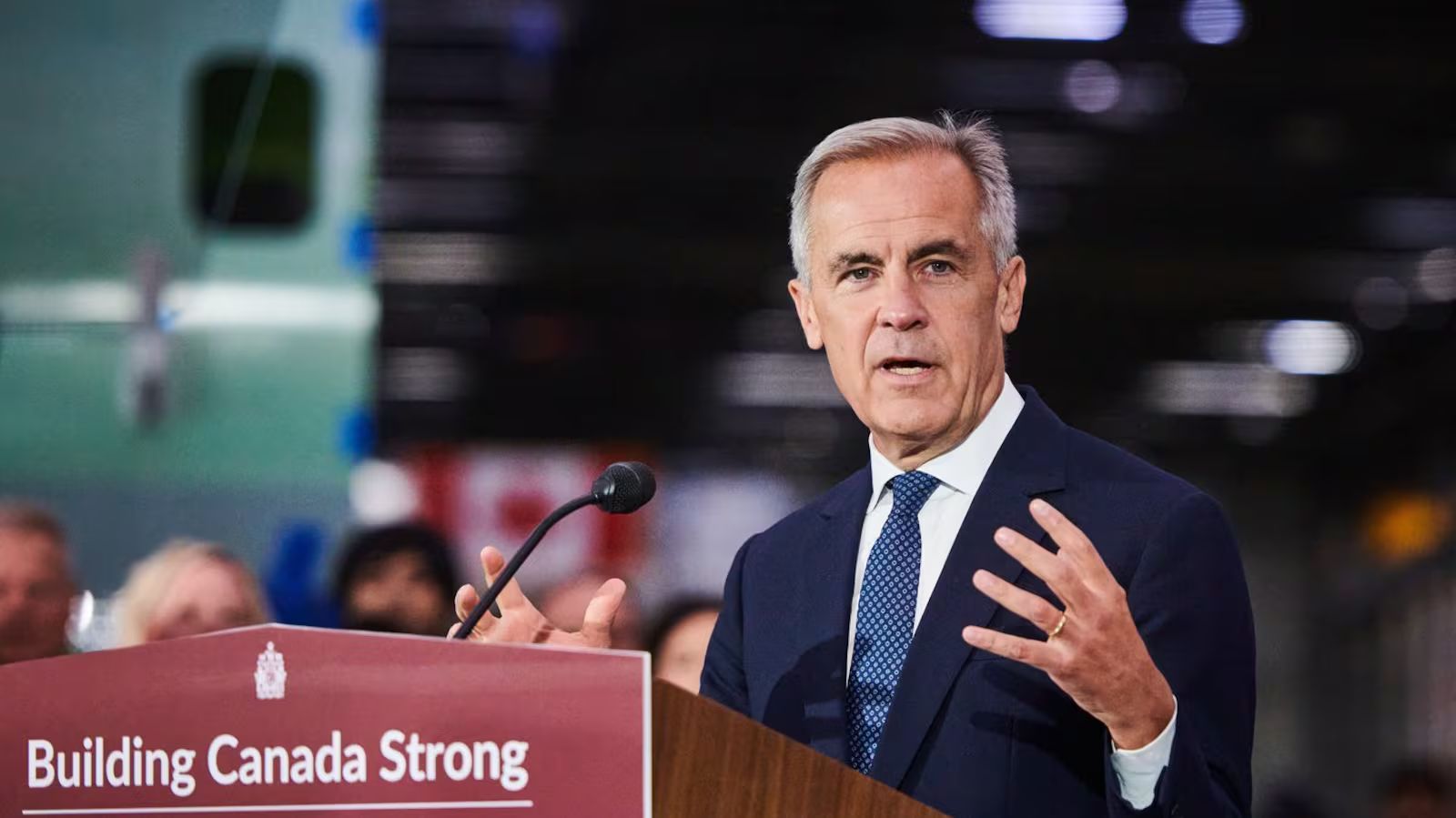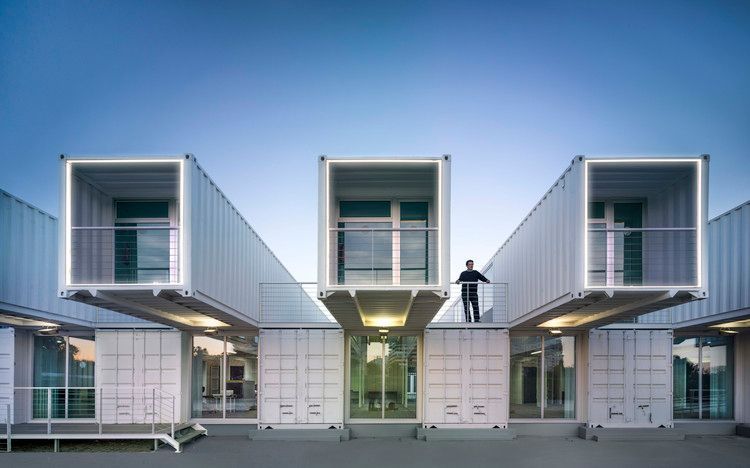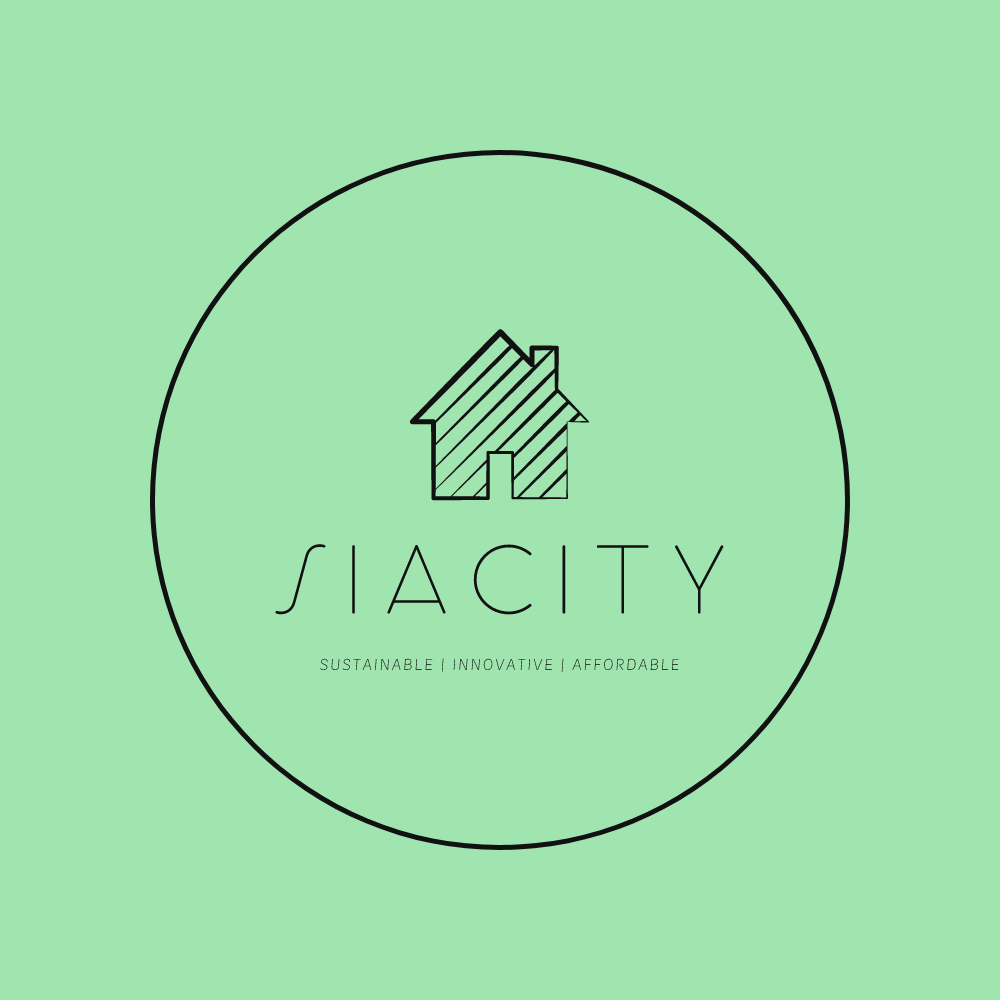The Future of Real Estate Development in Greater Vancouver: A Five-Year Outlook
The Future of Real Estate Development in Greater Vancouver: A Five-Year Outlook
Over the next five years, Greater Vancouver is poised for significant growth and transformation in its real estate landscape. The region's allure, driven by its natural beauty, economic strength, and cultural diversity, continues to draw both residents and investors, although not without challenges. Here's an exploration of the potential development areas and some future potential projects currently on the horizon.
Economic and Demographic Drivers
Greater Vancouver's real estate market is shaped by several key factors: economic growth, urban development, and demographic changes. The influx of tech jobs, alongside Vancouver's steady population increase, fuels housing demand. However, this demand often outpaces supply, pushing for more strategic development across the region.
- Population Growth: Vancouver's population is expected to grow, necessitating more housing solutions, particularly in transit-accessible areas.
- Economic Stability: With a strong GDP forecast, Vancouver remains an attractive place for real estate investments.
Potential Development Areas
1. Transit-Oriented Developments:
- Areas around new transit lines, like the Broadway Subway, are prime for development. These regions, including Mount Pleasant, Fairview, and Kitsilano, are expected to see new residential and commercial projects over the next 30 years, with a focus on sustainable, high-density living.
2. Underutilized Industrial Lands:
- The False Creek Flats, once predominantly industrial, are evolving into mixed-use zones. Plans include more housing, office spaces, and community amenities, aiming to make the area more productive and connected.
3. First Nations Partnerships:
- Significant developments involving First Nations groups are set to reshape the landscape, particularly with projects like the Jericho Lands in West Point Grey, which will introduce thousands of new homes, including rentals, supporting both housing supply and reconciliation efforts.
4. Suburban Expansion:
- Cities like Coquitlam, Burnaby, and Surrey are witnessing redevelopment. For instance, the Brentwood area in Burnaby is transforming from a shopping center into a high-density mixed-use neighborhood, capitalizing on SkyTrain access.
5. Redevelopment of Existing Neighborhoods:
- Older neighborhoods are undergoing revitalization. The Langara Gardens and Little Mountain projects are examples where social housing sites are being reimagined with mixed-use developments, enhancing community amenities and housing options.
Future Potential Projects:
- Capilano Mall Redevelopment - Plans include 11 towers up to 40 storeys, offering 3,100 homes, a new Walmart, and significant retail and restaurant space, aiming to make it the North Shore's largest high-rise project.
- PoCo Place in Port Coquitlam - Wesbild proposes a 6-tower development that would dramatically increase the residential and commercial offerings in the area, focusing on creating a vibrant urban community.
- Rupert Station Development - A First Nations-led project at the old BC Liquor site near SkyTrain Rupert Station, proposing 12 towers up to 60 storeys, potentially introducing some of Vancouver's tallest buildings with a mix of residential, office, hotel, and industrial spaces.
- Jericho Lands Expansion - Beyond current plans, there's potential for further phases which could double the population of Point Grey, with new homes, cultural spaces, and commercial developments around the future SkyTrain station.
- Broadway Plan Area - With at least 35 high-rise towers proposed, this area is set to see about 7,000 new rental homes, emphasizing transit-oriented development near multiple SkyTrain stations.
Challenges and Considerations
While the outlook is optimistic, developers face challenges like rising construction costs, labor shortages, and the need for sustainable practices. Moreover, the ongoing affordability crisis means that new developments must consider a broad spectrum of housing needs, from luxury to affordable options.
Conclusion
Greater Vancouver's real estate market in the next five years will see a blend of innovation, community-focused planning, and sustainable development. With strategic projects in key areas, the region is set to enhance its livability while addressing the critical issue of housing supply. As these developments come to fruition, they will not only reshape Vancouver's physical landscape but also its social and economic fabric, aiming for a balanced growth that benefits all residents.




